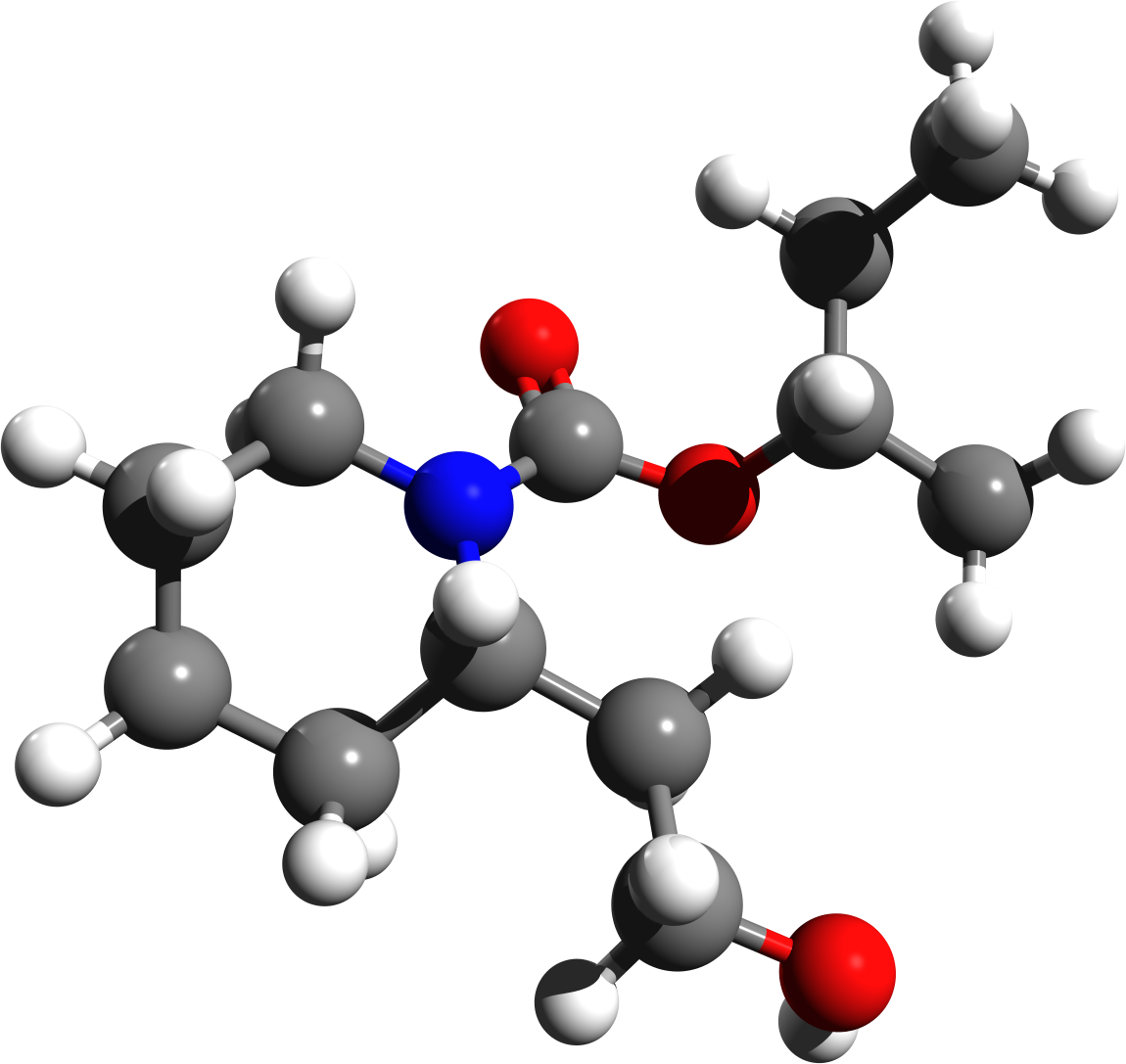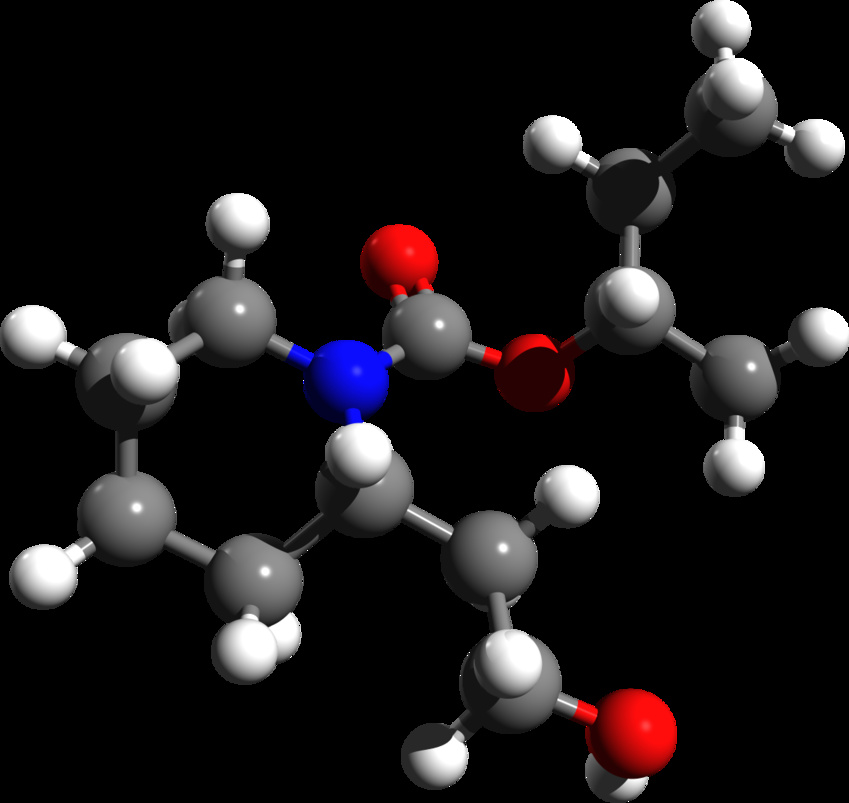Clean hydrogen, or hydrogen produced with very low or zero carbon emissions, could be one of the most viable replacements for fossil fuels in the near future. It could cut 7 gigatons of carbon dioxide (CO2) per year by 2050, accounting for about 20% of human-caused CO2 emissions. Furthermore, it could aid in net-zero transitions for the steel, petrochemical, and fertiliser industries, as well as the heavy-duty trucking, aviation, railroad, and shipping industries.
However, the cost of producing green hydrogen, which is more than $5 per kilogram, is a barrier to widespread adoption. Chemours, based in Wilmington, Delaware, is working to change that.
Chemours committed $200 million in October 2022 to expand its offering of NafionTM, a membrane material at the heart of water electrolyzers. This membrane material allows for the production of green hydrogen energy, energy storage in flow batteries, and hydrogen conversion to power fuel cell vehicles.
Chemours also collaborated with the United States Department of Defense, the University of Delaware, Plug Power, and the United States Department of Energy's National Renewable Energy Laboratory to advance research aimed at reducing green hydrogen costs to $1 per kilogram by 2032.
“Materials science is at the heart of amazing things happening in the world, from climate and clean energy technology to advanced electronics, all of which allow for a more sustainable future,” says Chemours president and CEO Mark Newman.
In addition to these advancements, the company is increasing research and development for fluoropolymers and fluoroelastomers, such as TeflonTM and VitonTM, which are used for weatherproofing wind turbines, solar panel wiring insulation, and lithium-ion batteries, in order to improve the materials' efficiencies in cold temperatures.
Then there's the $80 million effort to expand OpteonTM, its low-GWP refrigerant line used for chilling food and pharmaceuticals as well as cooling buildings and automobiles. Similarly, advancements in its Ti-PureTM titanium dioxide pigment are supporting reduced material usage, improved energy efficiency, and circularity across applications ranging from paint and plastics to solar panels and building materials.
Chemours has pledged a 60% reduction in greenhouse gas emissions by 2030 for its own 2050 net-zero commitment and is seeking SBTi approval on science-based targets for Scope 1, 2, and 3 carbon emissions. The company, which had $6.3 billion in revenue in 2021, has committed to generating 50% or more of its revenue by 2030 from products that contribute to the UN Sustainable Development Goals.
Chemours is less than three percentage points away from that revenue goal, and Newman believes these developments will push it over the line. “A society that embraces science and innovation is a society that is equipped to meet any challenge,” says Newman while adding,, “That’s why at Chemours, we believe in our collective ability to create a better world through the power of our chemistry.”
However, the cost of producing green hydrogen, which is more than $5 per kilogram, is a barrier to widespread adoption. Chemours, based in Wilmington, Delaware, is working to change that.
Chemours committed $200 million in October 2022 to expand its offering of NafionTM, a membrane material at the heart of water electrolyzers. This membrane material allows for the production of green hydrogen energy, energy storage in flow batteries, and hydrogen conversion to power fuel cell vehicles.
Chemours also collaborated with the United States Department of Defense, the University of Delaware, Plug Power, and the United States Department of Energy's National Renewable Energy Laboratory to advance research aimed at reducing green hydrogen costs to $1 per kilogram by 2032.
“Materials science is at the heart of amazing things happening in the world, from climate and clean energy technology to advanced electronics, all of which allow for a more sustainable future,” says Chemours president and CEO Mark Newman.
In addition to these advancements, the company is increasing research and development for fluoropolymers and fluoroelastomers, such as TeflonTM and VitonTM, which are used for weatherproofing wind turbines, solar panel wiring insulation, and lithium-ion batteries, in order to improve the materials' efficiencies in cold temperatures.
Then there's the $80 million effort to expand OpteonTM, its low-GWP refrigerant line used for chilling food and pharmaceuticals as well as cooling buildings and automobiles. Similarly, advancements in its Ti-PureTM titanium dioxide pigment are supporting reduced material usage, improved energy efficiency, and circularity across applications ranging from paint and plastics to solar panels and building materials.
Chemours has pledged a 60% reduction in greenhouse gas emissions by 2030 for its own 2050 net-zero commitment and is seeking SBTi approval on science-based targets for Scope 1, 2, and 3 carbon emissions. The company, which had $6.3 billion in revenue in 2021, has committed to generating 50% or more of its revenue by 2030 from products that contribute to the UN Sustainable Development Goals.
Chemours is less than three percentage points away from that revenue goal, and Newman believes these developments will push it over the line. “A society that embraces science and innovation is a society that is equipped to meet any challenge,” says Newman while adding,, “That’s why at Chemours, we believe in our collective ability to create a better world through the power of our chemistry.”


 Chemours increases focus on materials science to enable faster transition to sustainable future
Chemours increases focus on materials science to enable faster transition to sustainable future





 Companies
Companies